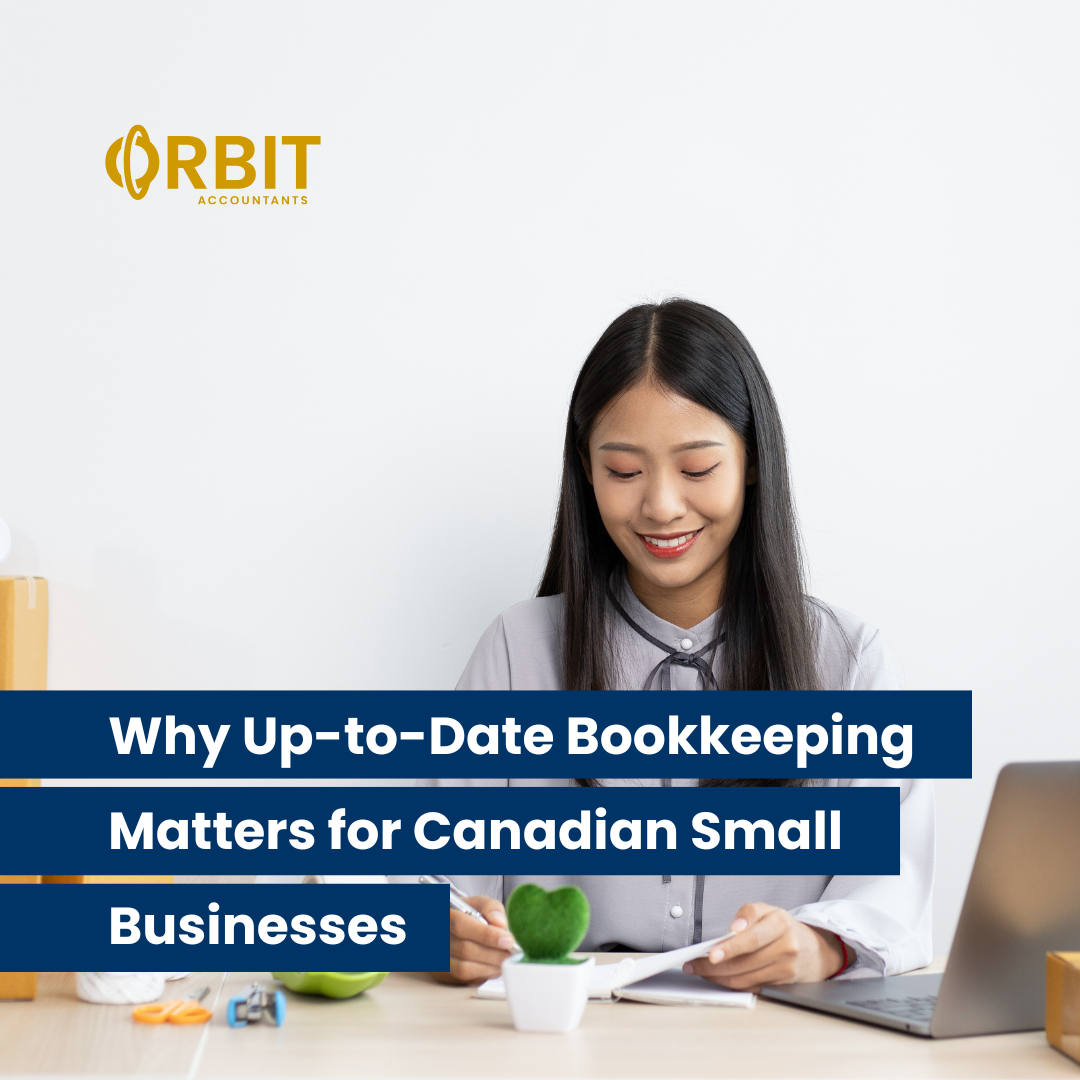
Table of Contents
Why board-friendly reporting wins (and what “successful metrics” look like)
Boards make better decisions when they see clear numbers at the right altitude. Your nonprofit board financial reporting should translate the noise into simple stories: where we are, what changed, and what we will do next. Pair that with key performance indicators metrics and you get a board meeting that runs on facts, not hunches.
So—what are positive performance indicators for nonprofit organizations? They are the signals that tell you programs work, fundraising scales, cash is safe, and strategy moves. Good indicators are:
- Specific and tied to strategic goals
- Time-bound (quarter, month, rolling 12 months)
- Owned by team members (one owner per metric)
- Benchmarked (target, prior period, and peer if known)
- Easy to scan on one page for informed decisions
Think of performance metrics as the rails for your plan. When you keep tracking key performance indicators, you notice drift early and correct it while stakes are small.
Are you currently managing your bookkeeping in-house?
Canada context: “financial statement of NPO” and filings at a glance
In Canada, not all nonprofits are the same. Many operate as non-profit organizations (NPOs); others are registered charities. The distinction matters for reporting and filings:
- Registered charities must file the T3010 Registered Charity Information Return within six months of year-end. It’s public-facing and part of accountability to donors and the CRA.
- NPOs (not registered as charities) may have to file a T1044 if they meet thresholds (e.g., >$10,000 property income, >$200,000 assets, or previously required to file). Once required, you continue filing each year.
- Under the Canada Not-for-profit Corporations Act (NFP Act), federal NFPs must prepare annual financial statements; member presentation and review/audit rules depend on size and classification. I
- For accounting standards, many Canadian NPOs follow ASNPO (Part III of the CPA Canada Handbook)—the not-for-profit framework that sets presentation and recognition rules.
Bottom line: solid not for profit financial reporting in Canada should align with ASNPO where applicable, satisfy corporate and CRA obligations, and still be digestible for your NPO board of directors.
KPI foundations: time frame, owners, benchmarks
KPI tracking starts with a few decisions:
- Time frame: match your board cadence. Monthly for cash and revenue generation; quarterly for outcomes and strategy; rolling 12-month views to smooth seasonality.
- Ownership: each key performance indicator KPI needs one owner who updates it, explains variance, and proposes action.
- Targets: set a high-level annual target, then break it into short-term checkpoints.
- Data sources: agree on your system of record (accounting software, CRM, ticketing, surveys).
- Definitions: document formulas so metrics measure the same thing every month.
When definitions are clear, KPI performance metrics travel cleanly from staff dashboards into the board meeting pack.
The metrics to track (by function)
Here’s a practical set that keeps tracking key performance indicators focused and board-ready. Use what fits your model and products or services (programs, memberships, training, etc.).
A) Fundraising & revenue generation
- Donor growth rate (new minus lapsed)
- Average gift and median gift
- Donation conversion rate (campaign or page level)
- Recurring donor count & retention (12-month view)
- Cost to raise $1 (all-in)
- Restricted vs. unrestricted mix (share of total)
- Grant hit rate (submitted vs. awarded)
These are classic nonprofit KPIs and metrics to track if you rely on individual giving or grants. (For deeper fundraising KPI enablement, see Imagine Canada’s KPI toolkit.)
B) Programs & outcomes
- Clients served (unique + service episodes)
- Waitlist and average wait time
- Outcome success rate (define target outcomes)
- Cost per outcome (program expense ÷ outcomes)
- Satisfaction/NPS from participants or partners
- Equity reach (if part of mandate)
These key performance indicators KPIs prove the mission works.
C) Operations & team
- Case load per FTE (or per staff in service roles)
- Ticket/issue cycle time (intake → resolution)
- On-time reporting (board, funders, CRA)
- Staff retention and time to fill roles
- Training hours per FTE
This helps monitor progress and capacity.
D) Finance & risk
- Operating cash runway (months)
- Days cash on hand
- Program vs. admin vs. fundraising cost mix
- Budget vs. actual (month and YTD)
- Forecast accuracy (last 90 days)
- Compliance status (T3010 or T1044 submitted on time)
These tie to financial statement of NPO presentations and keep the board’s risk lens sharp.
Building the board pack: structure, cadence, and one-page summaries
A good board pack is short, visual, and high level:
- One-page KPI summary (RAG status: Red/Amber/Green)
- Narrative: three wins, three risks, three next moves
- Financials: statement highlights, cash, forecast, variances (ASNPO format where applicable)
- Program brief: outcomes and learnings this period
- Compliance: filings, grants, and policy updates (e.g., T3010 or T1044)
Cadence: monthly for internal committees; quarterly for the full board. Save deep dives for one or two meetings a year.
People-first: start with the story, then the spreadsheet. Your board will thank you.
KPI tracking in real life: dashboards, habits, and short-term course corrections
You do not need fancy business intelligence software to start. A clean spreadsheet and a reliable close process goes far. Later, connect your CRM and accounting tool for a live dashboard.
Habits beat tools:
- Close books on the same day each month.
- Freeze KPI definitions for the year.
- Hold a 30-minute “metrics huddle” with owners before the board meeting.
- In the pack, show trend lines and the time frame (3, 6, 12 months).
- Tie each red metric to a short-term action.
That rhythm creates faster data-driven decisions.
Common pitfalls in not-for-profit financial reporting (and fixes)
Pitfall 1: Too much detail, not enough signal.
Fix: Put key performance indicators on page one. Put backup in the appendix.
Pitfall 2: KPIs without targets.
Fix: Set quarterly targets now. Even a rough target is better than none.
Pitfall 3: No owner.
Fix: Assign one team member per metric—responsible for updates and the plan.
Pitfall 4: Canadian filings treated as “back office.”
Fix: Track T3010/T1044 status in your dashboard. Missed filings can harm funding and reputation.
Pitfall 5: Financial statements unclear for boards.
Fix: Give an executive summary in plain language, then the full ASNPO statements.
Pitfall 6: SEO-unfriendly content in your impact reports.
Fix: When you publish annual results online, follow Google’s Search Essentials and “people-first” content practices. Avoid keyword stuffing, write for users, and be clear about who, what, and outcomes.
Sample tables & visual ideas (steal these)
A) One-page KPI dashboard (board view)
| Metric | Definition | Formula | Target | Current | Trend (3/6/12 mo) | Owner | Notes |
|---|---|---|---|---|---|---|---|
| Operating cash runway | Months of operating spend covered by cash | Cash ÷ Avg. monthly expenses | ≥ 4.0 | 3.2 | ↘ | CFO | Build 3-month reserve plan |
| Recurring donor retention | % of last year’s recurring donors still active | Active this year ÷ Active last year | ≥ 85% | 78% | ↘ | Dev. Lead | Launch “thank-you” calling week |
| Outcome success rate | % of clients meeting target outcome | Successful outcomes ÷ total | ≥ 70% | 73% | ↗ | Programs | Keep training cycle |
B) Board pack map (what goes where)
| Section | What to include | Why it matters |
|---|---|---|
| Cover page | Mission, strategy pillars, period covered | Orients new directors fast |
| KPI one-pager | 12–16 KPI performance metrics, grouped by function | Drives the discussion |
| Financial highlights | Cash, runway, budget vs. actuals, forecast | Protects continuity; aligns with financial statement of NPO |
| Program results | Outcomes, case studies, testimonials | Keeps “why” in focus |
| Compliance | T3010/T1044 status, audit, policies | Accountability and risk lens |
C) Variance walk (finance slide)
Use a waterfall chart to show how you moved from budget to actual: revenue shifts, timing, new grants, vacancy savings, price changes. Keep labels human (one line each). (ASNPO governs the statements; the slide is your plain-language bridge.) cpacanada.ca
D) Program outcomes tile
Create a 2×2 grid: “Reach,” “Depth,” “Quality,” “Equity.” Put one metric in each tile with this period vs. target vs. last period.
Conclusion & quick next steps
Make reporting boring—in a good way. When your KPI tracking is routine, the board spends time on strategic planning, not spreadsheet tours. Start with:
- Pick 12–16 metrics to track that map to strategy.
- Assign owners and lock definitions.
- Build a one-page board summary and a 5-slide pack.
- Track short term moves and show trend lines.
- Keep Canada-specific compliance in view (T3010, T1044, ASNPO).
Simple, steady, human. That wins trust—with your board, your funders, and your community.
Frequently Asked Questions
What are positive performance indicators for nonprofits?
They are key performance indicators (KPIs) that show progress toward your strategic goals. Examples: donor retention, cost to raise $1, outcome success rate, days cash on hand, and forecast accuracy. They should have targets, owners, and a clear time frame.
Which nonprofit KPIs should every Canadian board see each quarter?
A crisp mix: revenue generation KPIs (donor growth, average gift, grant hit rate), program KPIs (outcome success, reach), finance KPIs (cash runway, budget vs. actual), and risk/compliance (filings on time). Tie each to actions.
How do we choose KPI performance metrics that fit our mission?
Start from your strategy. For each pillar, pick 2–3 KPIs that measure performance and behavior you want more of. Confirm data quality, set a realistic target, and assign an owner.
Do Canadian nonprofits have to file financial statements with the CRA?
Charities file the T3010 (with financial info). Many NPOs file the T1044 when thresholds apply; not all submit financial statements to the CRA, but federal NFP corporations must prepare annual financial statements for members. Check your jurisdiction, bylaws, and funder agreements.
What’s the difference between a registered charity and an NPO in Canada?
Registered charities issue donation receipts and must file the T3010. NPOs exist for purposes other than profit, cannot issue charitable tax receipts, and may file T1044 if they meet CRA thresholds.
Our reports feel long. How do we make them high level?
Use a one-page KPI view with RAG status, a short narrative, and links to backup. Show three wins, three risks, and three next steps. If it does not change a decision, move it to the appendix.
How often should the board review KPIs?
Monthly for committees managing cash and delivery; quarterly for the full board. Use a rolling 12-month view to reduce noise from seasonality.
Any SEO tips when we publish impact reports online?
Write for people first. Be clear about who you serve, what changed, and evidence. Avoid stuffing keywords. Follow Google’s Search Essentials and “helpful content” guidance.
Legal Disclaimer
This article is provided for general information only and does not constitute accounting, tax, or legal advice. Requirements may vary by province/territory, corporate structure, and funder agreements. Refer to the CRA, Corporations Canada, and your governing statute for current rules. Engage a qualified CPA or legal adviser for guidance tailored to your organization. Reading this post does not create a client relationship with Orbit Accountants or the author.











